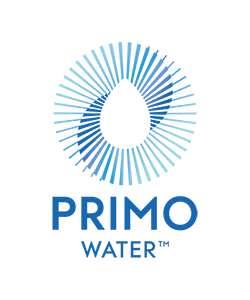Penalty Removal
If your website has seen a sudden drop in traffic and rankings, you can thank Google’s algorithm that is frequently being updated and refined. For websites that violate Google’s guidelines and experience a penalty, the ranking recovery can be a difficult journey, but is certainly attainable. The two main penalties that websites can endure are either manual or algorithmic. Acadia has over a decade of tried and true experiences in all types of Google penalties and know how to successfully navigate post Google penalty recovery to regain organic trust.

Google Manual Penalty Removal
The first type of Google penalty is a manual action penalty. Manual penalties are easy to identify thanks to the manual actions report in Google Search Console found under “Search Traffic”. This report feature actually tells webmasters when their website is non-compliant with Google’s webmaster quality guidelines, whose basic principle is to create the best experience for the user. The manual action penalty can be directed at an entire site or a specific section of a page and typically flag one or more of the following practices:
Note: Removing a manual penalty can be simple and many webmasters are more than capable of doing so, however, a few other Google penalties can be much harder to successfully remove, namely link-related penalties and content-related spam that require more strategy and hands on experience. Techwood Digital has resources for Google’s manual penalty removal and penalty recovery procedures to help with any of the aforementioned manual actions.
- Hidden text or links
- Scraped content
- Rich snippets markup abuse
- Creating malicious pages (viruses, Trojans, badware, etc)
- Deceitful redirects
- Unnatural links
- User-generated spam
- Keyword stuffing
- No original content
- Affiliate programs
- Link schemes
- Thin pages
- Cloaking
Google Algorithmic Penalty Removal
The second type of penalty is an algorithmic penalty which happens naturally as Google updates its algorithm. These changes in the algorithm can cause an automatic penalty to websites that will cause them to drop in search results. These penalties can be more difficult to identify than manual penalties as they are not accompanied by a notification in Search Console, and the decline in rankings can be slight or grandiose. The crux of Google’s harshest penalties come from either Google Panda update or Google Penguin update.

Google Panda Penalty
Google Panda is a Google algorithm update introduced in February 2011 (with several modifications thereafter) that assesses a website’s usability and on-site quality. The most common triggers for Google Panda is appropriate ad placement on a page, thin content, duplicate content, low-quality content, page speed, and user-friendly navigation structure. Recovering from a Panda hit requires careful strategy and analysis to address suspect issues.

Google Penguin Penalty
Google Penguin first launched in April 2012 as an attempt to drop sites that engaged in backlink manipulation to gain an advantage in Google rankings. There have been several additional updates since its launch to further increase the “trust factors” on website links. Recovering from Penguin can be time-consuming and frustrating, but essentially requires a whole analysis of a website’s backlink profile to remove and disavow unnatural links pointing to the website.
Google Penalty Recovery Services
Whether your website is suffering from a manual or algorithmic penalty, Techwood can help your site with our Google penalty removal and Google penalty recovery services. Our team has several years of experience in manual and algorithmic penalty recovery to be able to identify the algorithm update that caused the penalty and execute a strategy to recover lost organic trust.


